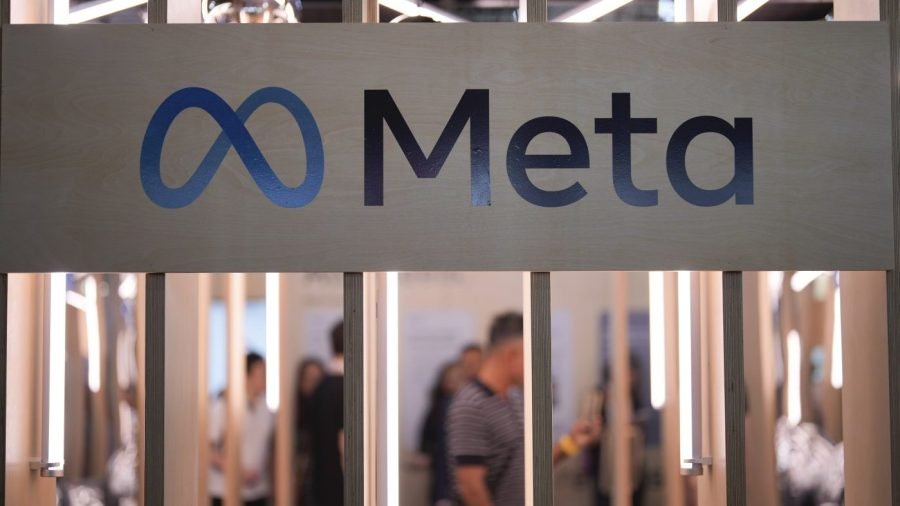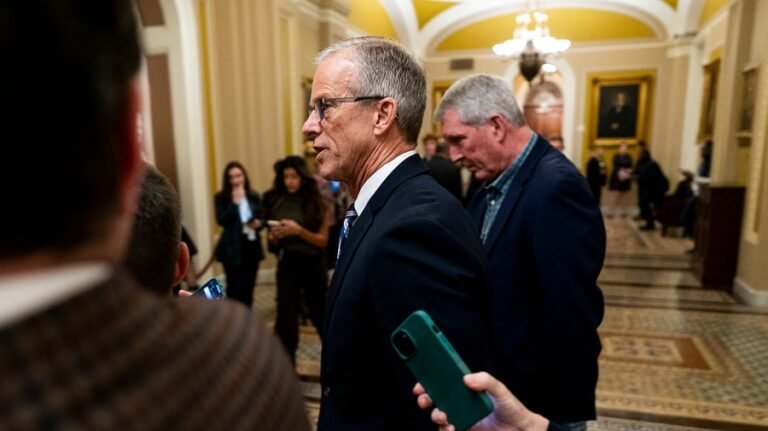
Social media giant Meta expected about 10 percent of its 2024 revenue, roughly $16 billion, to come from running ads for scams and banned goods, according to internal projections reported by Reuters.
The company, which owns Facebook, Instagram and WhatsApp, failed to identify and stop “an avalanche of ads” that exposed billions of users to “fraudulent e-commerce and investment schemes, illegal online casinos, and the sale of banned medical products,” according to the news wire.
Reuters cited a December 2024 document indicating Meta showed users an estimated 15 billion “higher risk” scam ads on average each day. Another internal document from late last year reportedly said the company earns about $7 billion in annualized revenue from such ads each year.
Other documents suggested Meta was slow to crack down even after becoming aware of the “scammiest scammers,” Reuters noted. Some big spenders — known internally as “High Value Accounts” — were able to accumulate more than 500 strikes without being shut down, the documents reportedly showed.
The outlet also found that users who clicked on scam ads were more likely to see additional ones because of Meta’s ad-personalization system, which tries to deliver ads based on a user’s interests.
A Meta spokesperson told NewsNation, The Hill’s sister network, that the 10 percent revenue projection from policy-violating ads cited in the report was “rough and overly-inclusive,” not a “definitive or final figure.”
The spokesperson added that the company aggressively fights fraud and scams, noting that over the last 15 months, reports from users about scam ads have declined by more than 50 percent.
“Unfortunately, the leaked documents present a selective view that distorts Meta’s approach to fraud and scams by focusing on our efforts to assess the scale of the challenge, not the full range of actions we have taken to address the problem,” they said.
Meta reported more than $50 billion in ad revenue last quarter — up 26 percent year over year — bringing its total so far this year to $138 billion.


